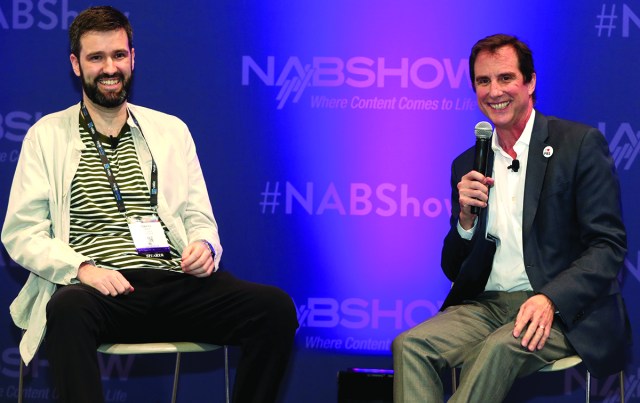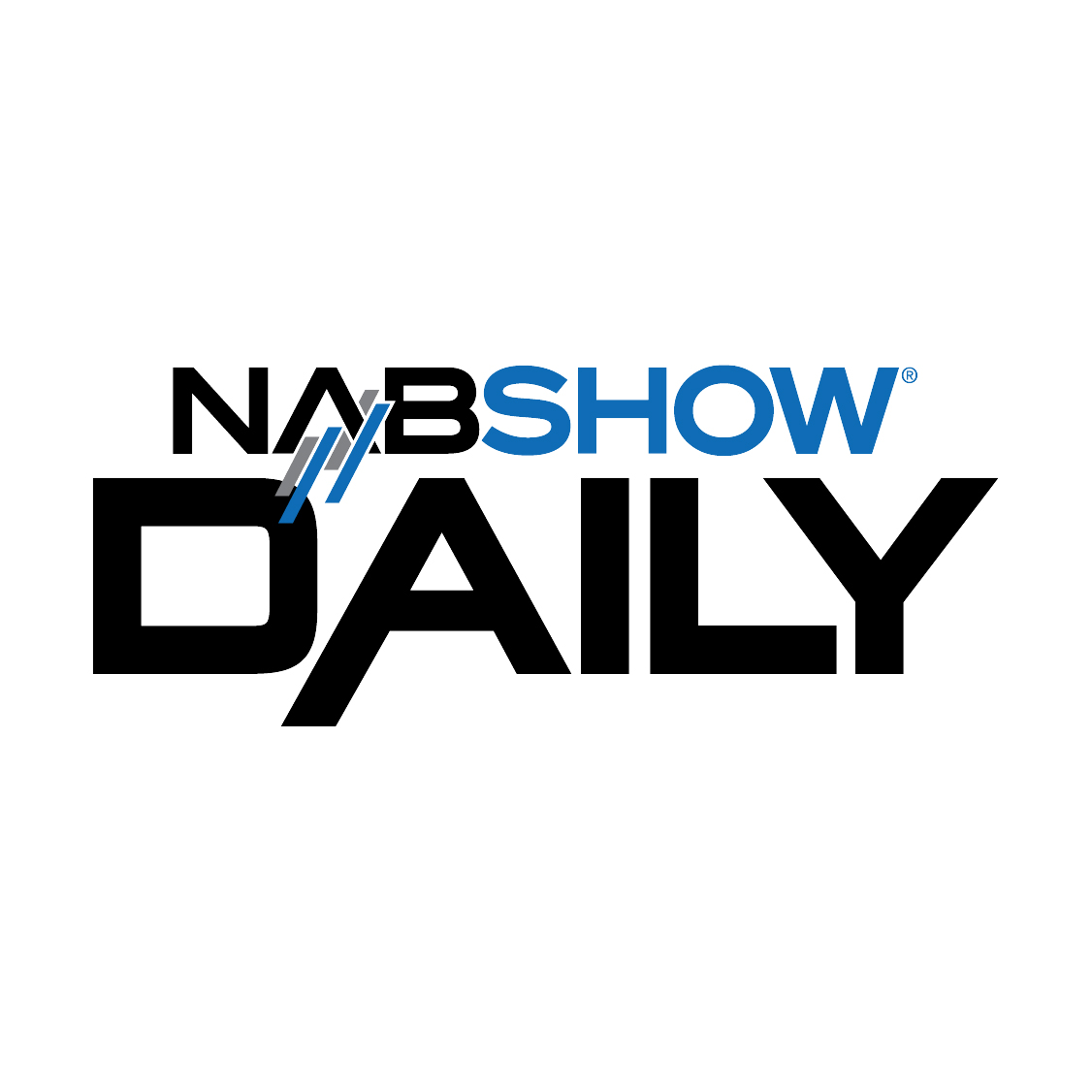
Local public broadcasters bring important content to OTT platforms
By Jon Lafayette, Broadcasting+Cable
Streaming is important but complicated for PBS, according to Ira Rubenstein, chief digital and marketing officer for the public broadcasting network.
“For the last eight years I’ve been at PBS, I’ve been very focused on broadening the distribution of our local stations to digital, and you have to do that at scale,” said Rubenstein, speaking at a session at NAB Show’s Capitalize Experimental Zone theater on Sunday.
“It’s just not practical for every one of our 300 stations to figure out on their own livestreaming to Roku and other devices,” he said. “We’ve been working in partnership with people like YouTube TV and DirecTV Stream and hopefully some others. We’re bringing our content to those live platforms.”
It’s not always easy to get distributors to participate, according to Rubenstein. While they want the content, the structure of PBS complicates things.
“It’s challenging because we’re not commercial,” he said. “We don’t have ads, and all those entities make money by selling ads. And to make it even more fun for them, there are markets in America where there’s more than one PBS station,” Rubenstein said, including Washington, D.C., with three PBS outlets.
An outfit like YouTube TV might be happy to take a national feed, but PBS doesn’t have one.
“Every station’s different, and oh, by the way, there’s going to be three individual feeds coming out of D.C. and you’re going to have to figure that out, please,” he said.
Rubenstein said its partners have so far done a good job adding PBS programming, and there might soon be some others.
Local stations are an important source of programming for PBS. Getting national content has “gotten more complicated with the streamers,” Rubenstein said.
Local stations produce PBS shows such as “Frontline,” “Nova” and “Antiques Roadshow.”
“We recently announced a fund for emerging and diverse filmmakers,” he added. “We’re investing and trying to bring more voices to the platform.”
But the best place for people with programming ideas to go is to a local PBS station, Rubenstein said.
“There are a lot of local stations that do a lot of local production,” he said. “Here in Vegas is one example, L.A., Boston, Minnesota, any major city.”
He noted that even a smaller-
market station like WCTE-TV in Cookeville, Tenn., produces “Bluegrass Underground” from the caverns there. The Cookeville station only has eight to 12 employees, so “every station is creating content.”
Kids’ programming is another PBS strength, on both linear TV and online.
“More kids watch PBS, our stations or apps, than any other kids’ channel out there,” Rubenstein said.
He said the PBS Kids app does about 400 million streams a month.
“No one has any idea how large it is,” he said. In addition to the PBS Kids video app, the network recently launched a PBS Kids Games app, which is now just as large as the video app.
“If any of you have children, you know how important video games are and, as you would expect from PBS, our games are education-based,” Rubenstein said. “They’re often tied to the curriculum that was being exposed in the shows. So if it was a show about social-emotional learning or had some math functionality, that would be in the corresponding game.”
The games app is built on a sophisticated learning platform, so some of the more recent games can adapt to the child’s performance and help the child learn more, he said.
A lot of children are on YouTube, he noted, and PBS has put its content where the kids can find it with no ads.
Rubenstein said PBS’s education vitality was put to the test during the pandemic.
“Children went home, and it was remote learning, and especially in rural communities, children don’t have broadband, they don’t have the latest computer or the latest tablet,” he said.
Many PBS stations used their multicast capabilities to spin up specific learning channels. Rubenstein said the PBS stations in Los Angeles and Las Vegas worked directly with the school districts to sync up.
Education efforts were coordinated by PBS Learning Media, a joint venture of PBS and WGBH Boston. PBS Learning Media takes all of the network’s shows and cuts them into a curriculum that a homeschool mom or dad or a teacher can assign to kids.
The video is actually edited to support the curriculum, Rubenstein said. If the kids are learning about the Civil War, instead of having to watch all 12 hours of Ken Burns’ documentary, they can get the clip about Gettysburg if they’re studying that.
“Ken and his team have worked with Learning Media,” Rubenstein said. “One of the things I know Ken loves about working with public media is that his material is in every classroom in America.”
Learning Media has about 1.7 million teachers who have requested material.
“We find a lot of teachers will use clips from our website,” he said. “We leave it all up, of course, and you can see which clips are still in curriculums from five years ago.”





